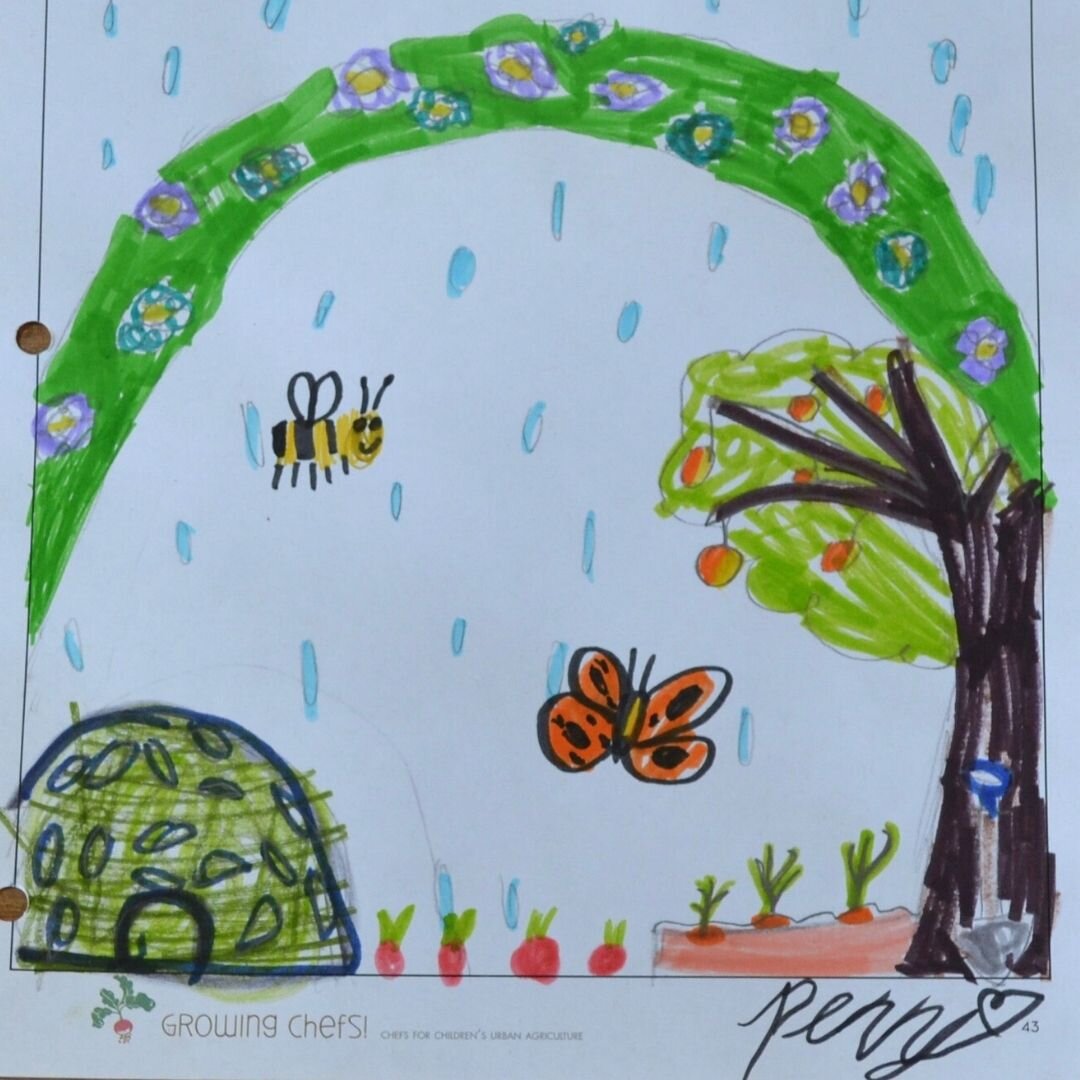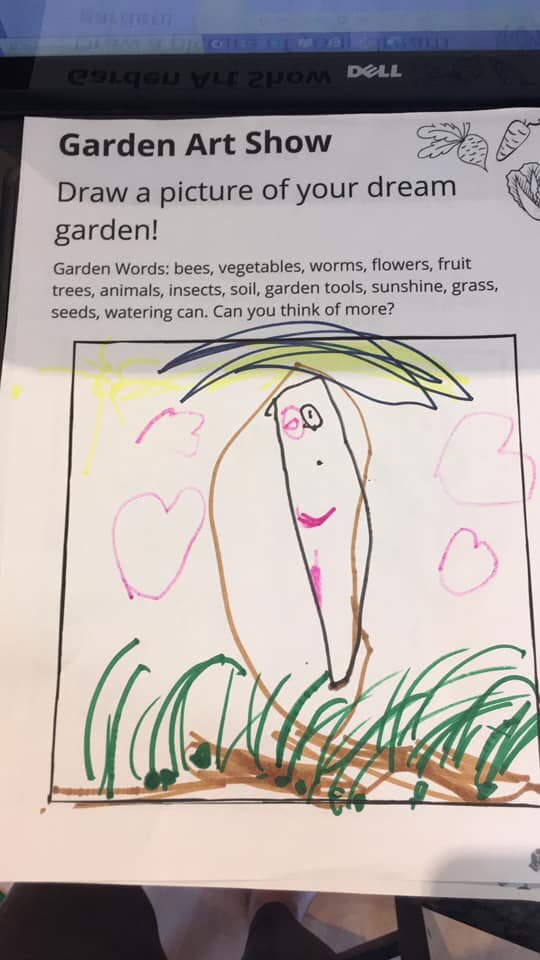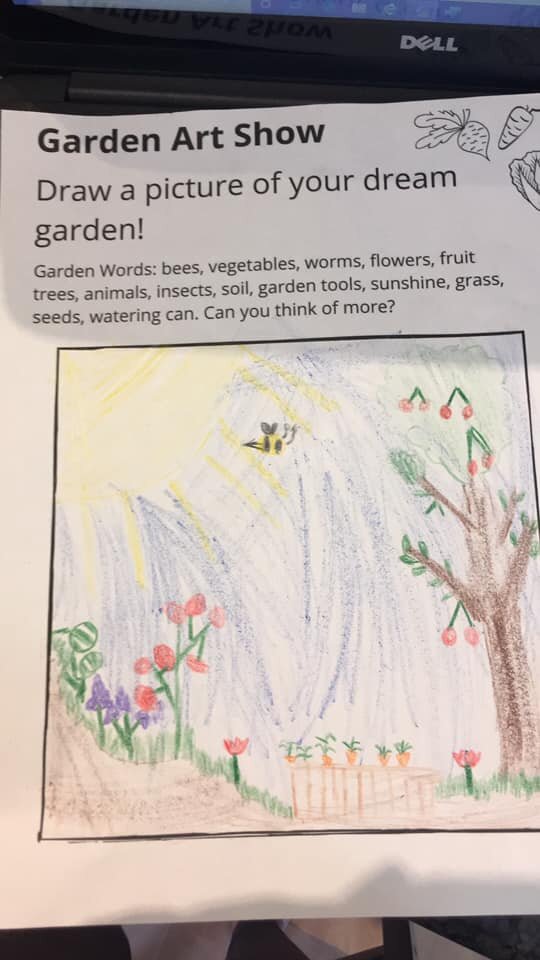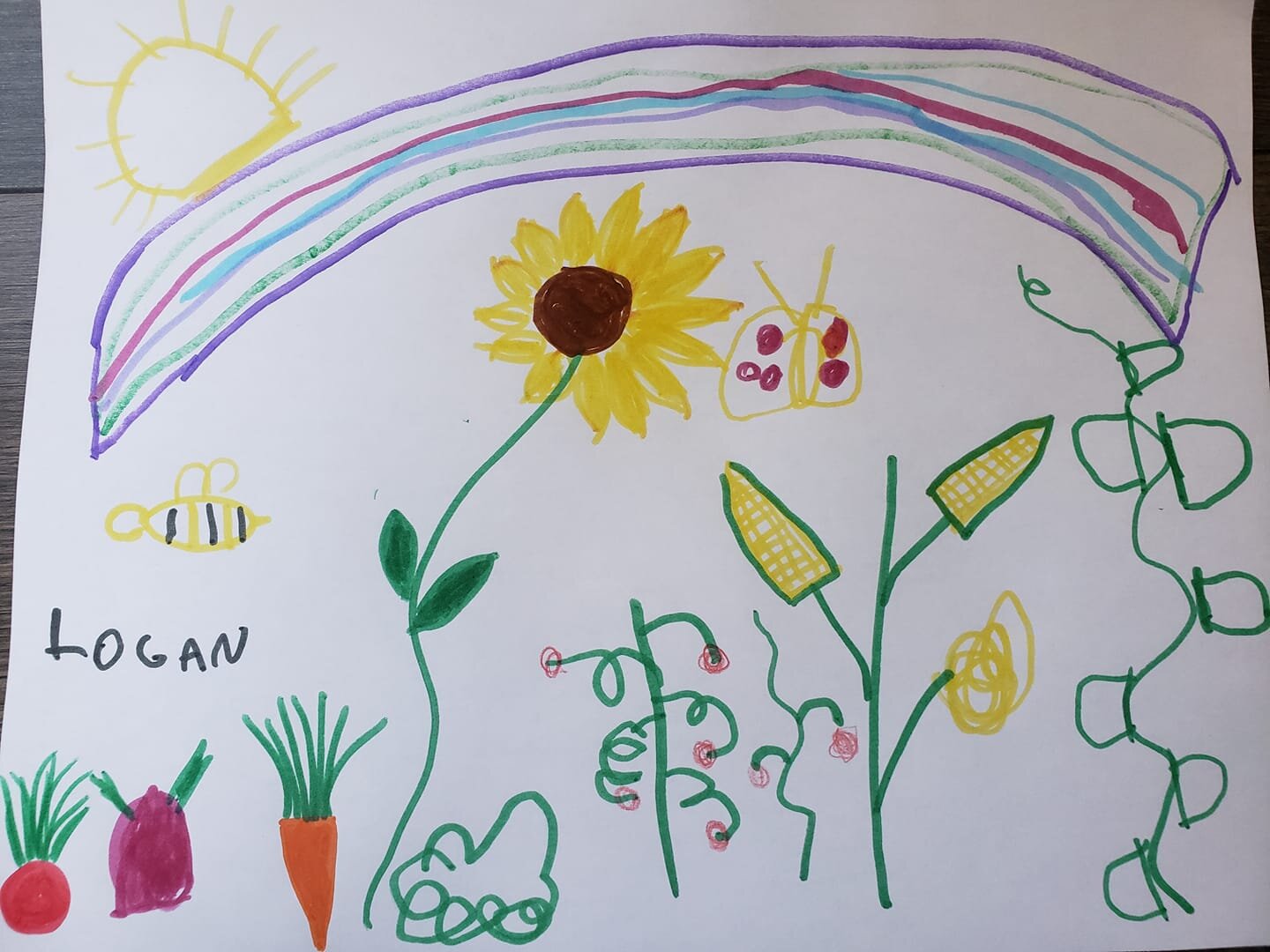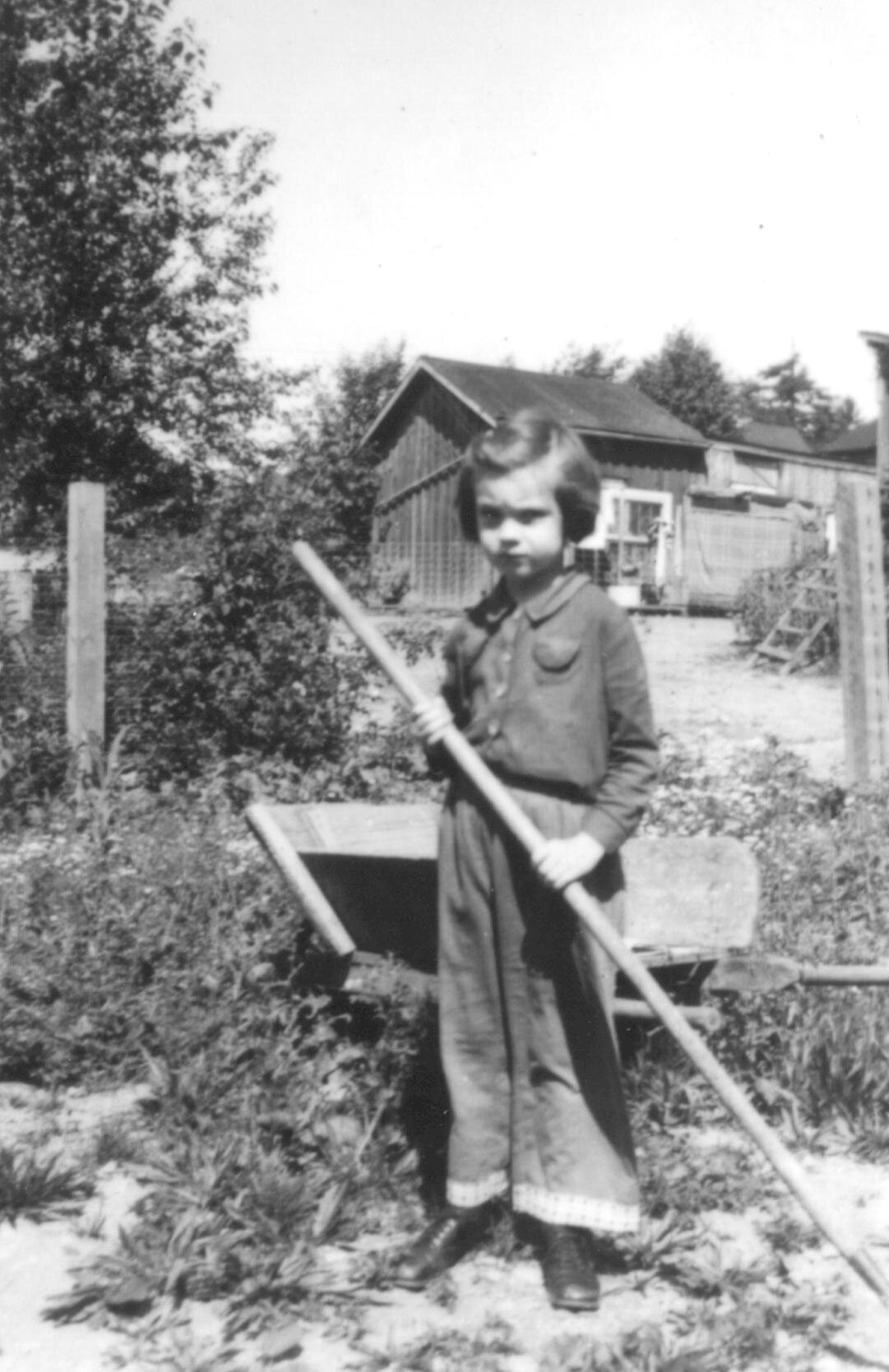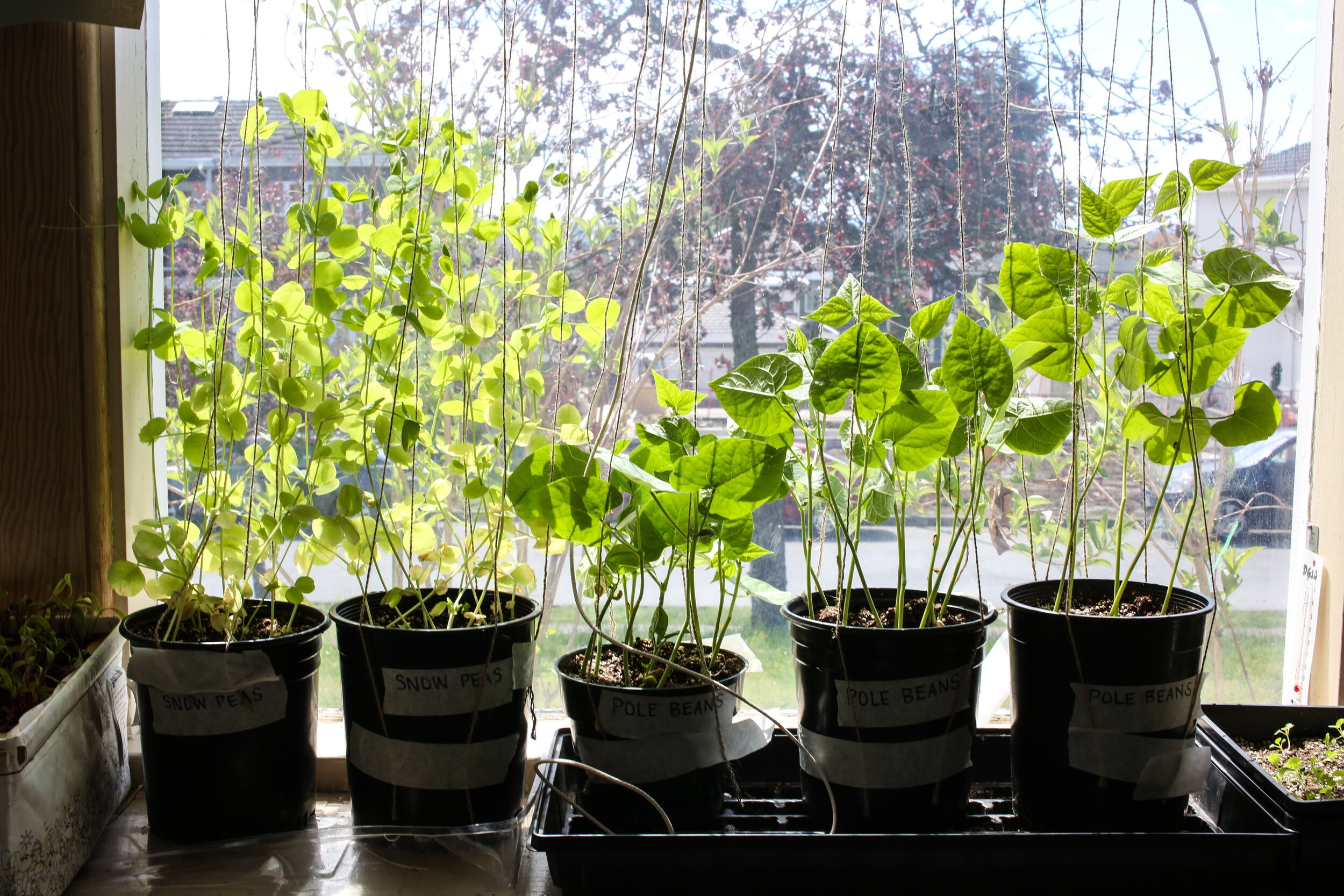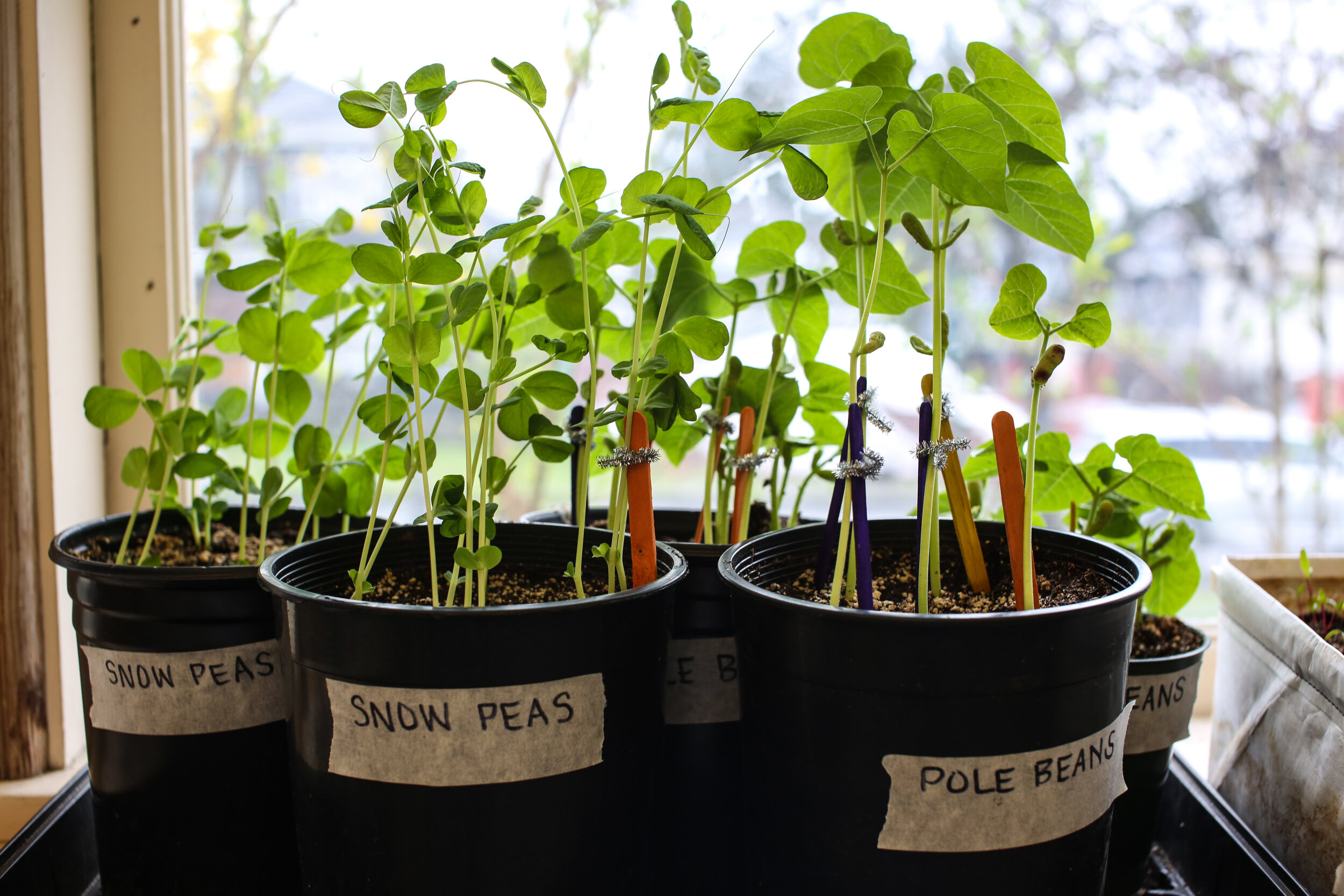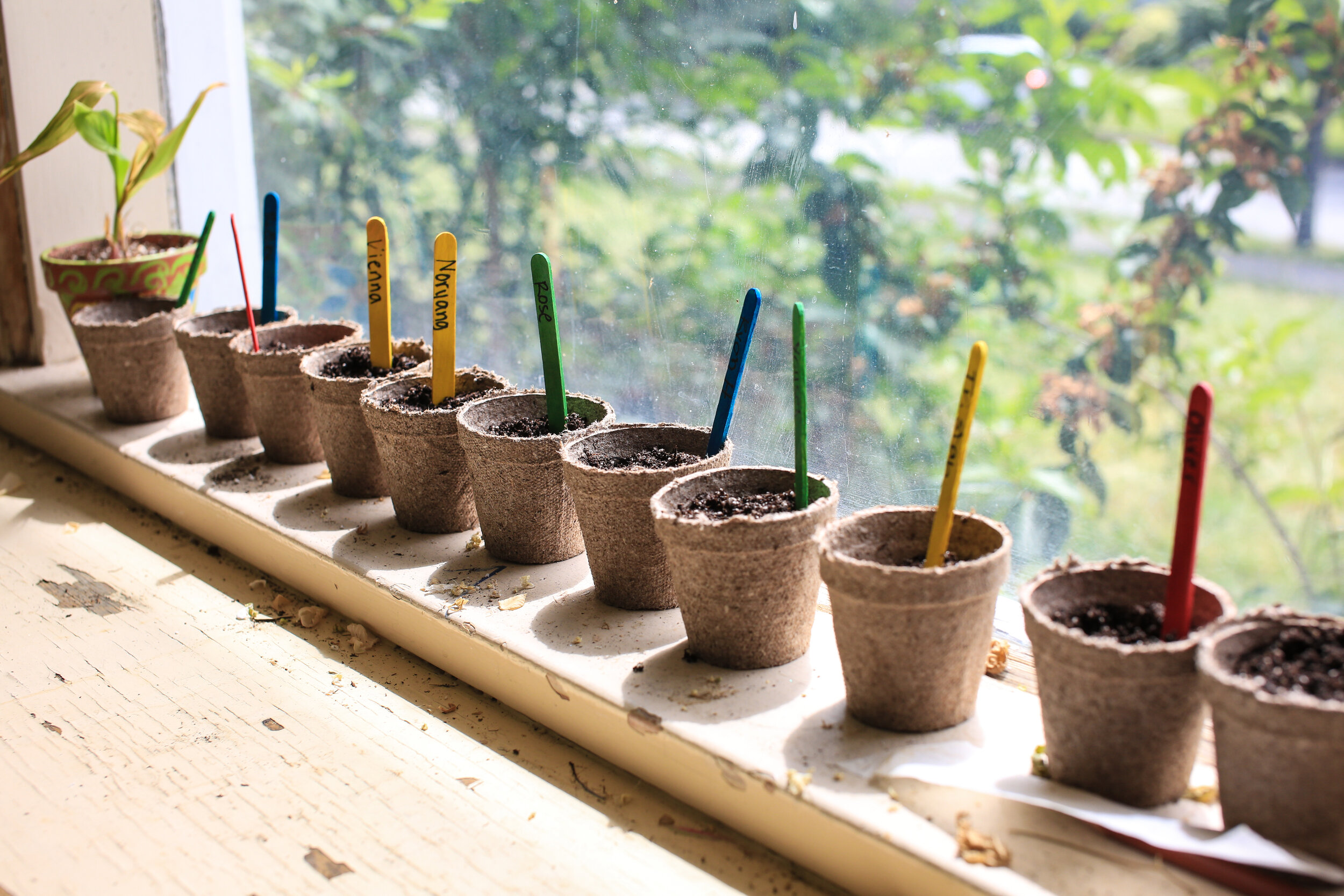Welcome to our third lesson on “What Vegetables Do For Us”. This week, we will dive into the world of nutrition with chef Farah.
This is the fourth video in a series, following Lesson Two last week, where we learned how to use all five senses and descriptive words to engage with new foods. Keep an eye on our social media platforms and website every Tuesday for new lessons!
During this lesson, we will discuss what vitamins are, explore the nutritional content of various vegetables, discover the benefits of Vitamins A, B, C, E and K, and provide tips on how to incorporate more vitamins into your daily meals. Below is a worksheet that you can fill out along the way.
We would love to hear about your food adventures! Tag us on Facebook, Instagram or Twitter so we can hear about the delicious foods our explorers have discovered.
You can find all of our new online content here on our website. We will also be announcing and releasing more fun interactive activities on our social media channels. Thank you for joining us again in our virtual classrooms this week!
Feel free to print off as many worksheets as you would like! Please find the black and white PDF version available here.















